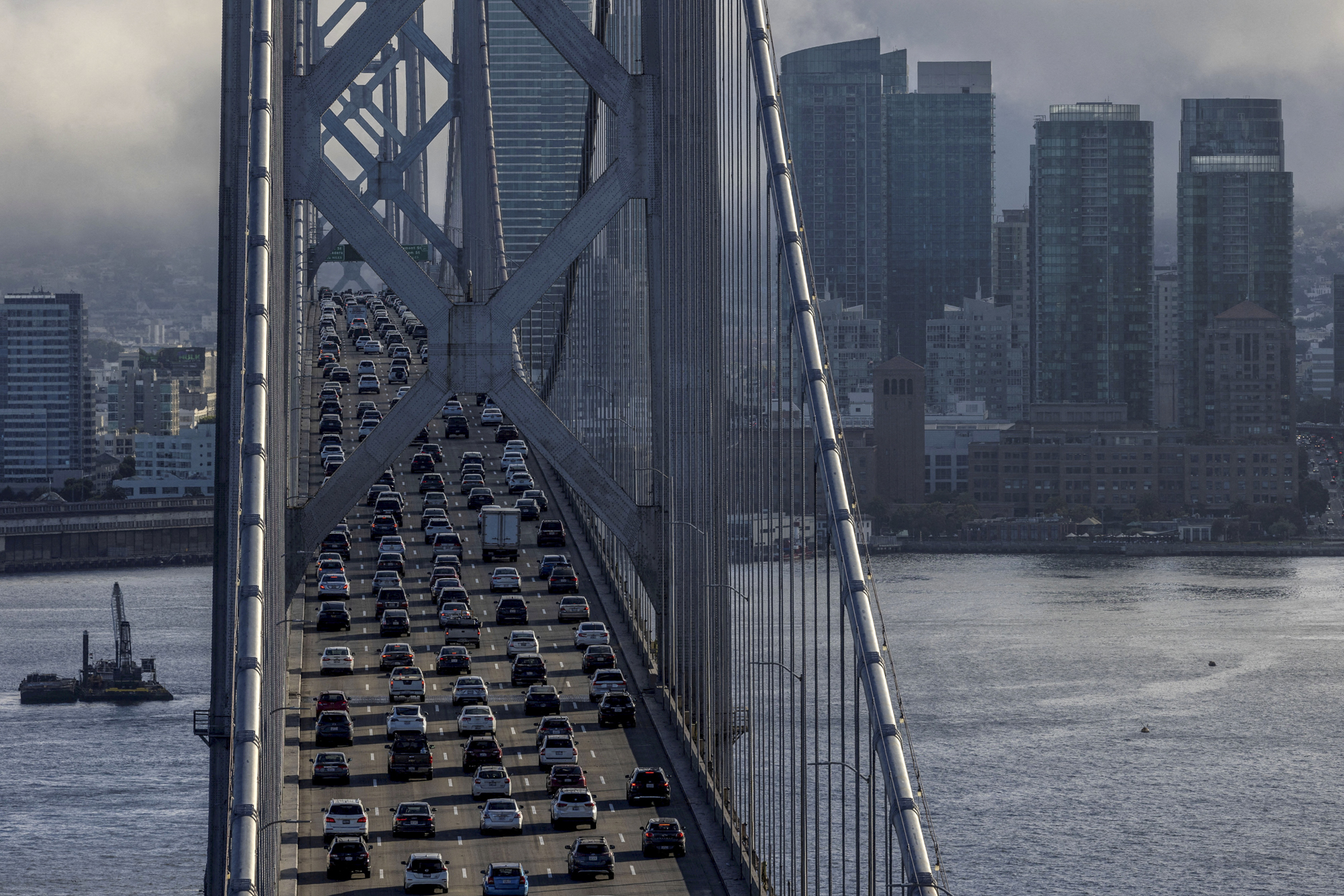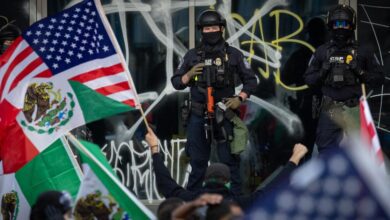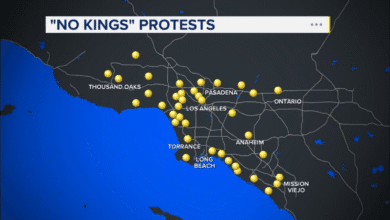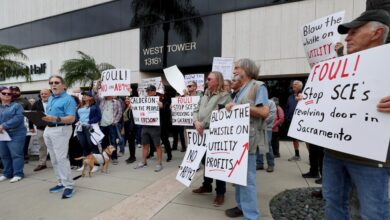Bay Area starts resembling politically divided Southern California

In summary
The San Francisco Bay Area has enjoyed economic and political dominance over Southern California, but the region’s once-united front is cracking as a recent dispute over toll increases revealed.
A prominent aspect of California’s evolution in the late 20th century and early 21st has been the economic and political dominance of the San Francisco Bay Area over more populous Southern California.
From rough parity in the 1970s, the state’s two major regions diverted sharply.
The Bay Area evolved into the global capital of high technology, creating immense wealth that propped up the state’s entire economy and provided enormous bounties of state tax revenue.
Meanwhile, Southern California – particularly Los Angeles County – struggled to absorb millions of immigrants and fold them into an economy that sputtered when its aerospace industry virtually collapsed after the Cold War ended.
The reasons for the regional disconnect are many, including factors beyond the ability of civic and political leaders to affect, such as the Cold War’s sudden conclusion.
However, much of the dissonance is due to mega-policy decisions, such as SoCal’s betting on logistics as its growth industry while the Bay Area opted for technology.
Another factor is the structural difference.
Over the last five decades, the Bay Area developed strong regional organizations, both political and civic, to promote a consensus vision. Despite the Bay Area’s ultra-liberal political image, its leaders shared a pragmatic mindset and didn’t let cultural differences interfere with the job.
Southern California, meanwhile, wallowed in internecine political, ethnic and cultural power struggles – more a collection of jealously competitive villages than a united region. The infamous scandal that erupted in the Los Angeles City Council last year, when secret recordings revealed bitter racial animosity over political power, typifies the region’s us-vs.-them attitudes – not to mention a wave of outright corruption that ensnared many political figures.
The arc of history may be changing because the Bay Area has hit a bad patch.
Its technology industry is retrenching, with layoffs affecting thousands, and other regions – such as Austin – have become powerful competitors for investment, thanks in part to their much lower operational and living costs.
San Francisco’s once thriving commercial and financial core has been hollowed out by the residual effects of the COVID-19 pandemic, smash-and-grab crime, a horrendous drug problem and squalid homeless encampments. Some observers believe it is in a “doom loop” that could be long-lasting or even permanent.
A new study argues that city government has become dysfunctional and needs a major overhaul.
“Many San Franciscans have come to believe their city is in crisis,” the report states. “To meet these profound challenges and maintain its world-class status, San Francisco desperately needs effective government. Many San Franciscans believe City Hall is failing this test.”
Finally, and most ominously, the consensus-driven civic and political front that had been such a powerful factor in the Bay Area’s rise to dominance may be fragmenting.
There are now pitched political battles over dealing with the doom-loop scenario, the wave of street crimes, homelessness, the drug crisis and housing development.
One indication of the new disunity is what happened when the Bay Area’s all-important mass transit system, BART, experienced sharp decreases of ridership, and therefore revenue, during the pandemic. It largely failed to recover as the work-from-home alternative to commuting has persisted.
A $1.50 per vehicle increase in Bay Area bridge tolls was introduced in the Legislature to bail out BART, but it immediately caused a rupture within the region’s political and civic leadership, with critics denouncing its shoddy service and union domination.
Last week, the toll increase was put on indefinite hold, unable to muster the united support needed for passage. The Bay Area is now adrift, unsure of how to cope with its economic and social woes and beginning to resemble Southern California’s chaotic atmosphere.




